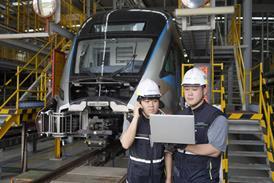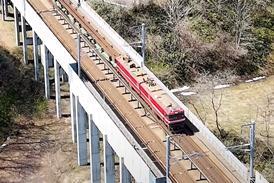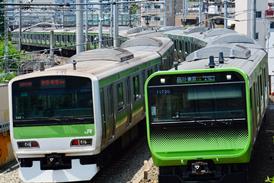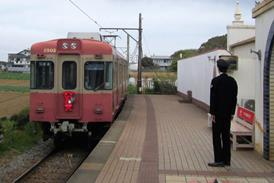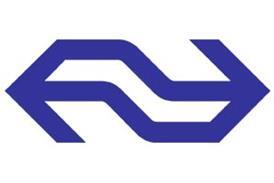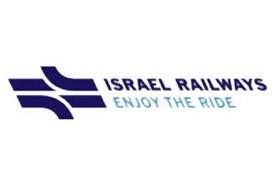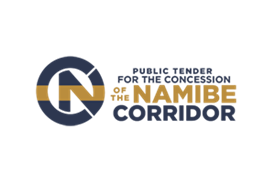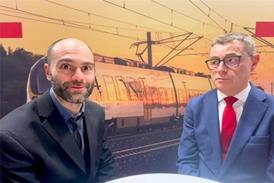Close menu
- Home
-
News
- Back to parent navigation item
- News
- Traction and rolling stock
- Passenger
- High speed
- Freight
- Infrastructure
- Policy
- Technology
- Ticketing
- Business
- Research, training and skills
- Accessibility and inclusion
- People
- Urban rail news
- Suburban and commuter rail
- Metro
- Light rail and tram
- Monorail and peoplemover
- Regions
- InnoTrans
- In depth
- Events
- Data
- Maps
- Tenders & Jobs
- Sponsored content
- Insights
In search of a market economy
By Railway Gazette International1998-07-01T10:00:00
INTRO: Kazakstan’s Transport Minister Erkin Kaliyev believes freight and long distance passenger operations can reward private investment, but replacing bureaucratic controls with a commercially-minded management is not going to be easyTHERE IS a long way to go, but the direction has been set. ’The railways of Kazakstan have embarked on ...
Already have an account? LOG IN
To continue…
You’ve reached your limit of content for the month

